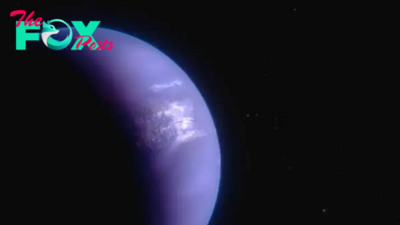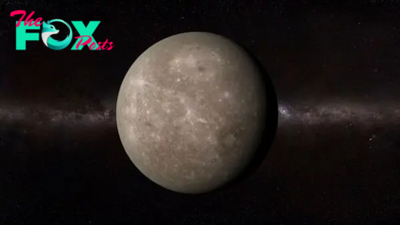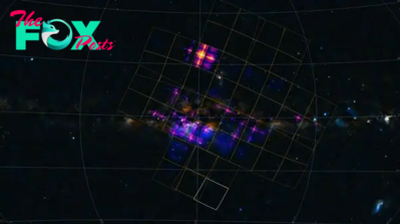Science
NASA's Voyager 1 probe hasn't 'spoken' in 3 months and needs a 'miracle' to save it
Voyager 1, one of NASA's longest-lived space missions, is suffering a communication malfunction, and the mission team is growing concerned that the far-flung spacecraft may not recover. Engineers are currently working to fix a computer error that is preventing the craft from transmitting data back to Earth, but software limitations and distance are making it difficult.
Since Nov. 14 of last year, the interstellar Voyager 1 probe has been unable to send back data collected by its scientific instruments, NASA officials said in a statement. The probe appears to be receiving and executing commands just fine, according to its California-based support team, and is continuing to hurtle through interstellar space more than 15 billion miles (24 billion kilometers) from Earth — far beyond the edge of the solar system. However, without access to the glitching systems, it's hard for the engineers to fully assess the craft's status.
"It would be the biggest miracle if we get it back," Voyager project manager Suzanne Dodd said in an interview with Ars Technica.
Since Voyager 1 launched on Sept. 5, 1977, it has been Traveling away from the sun at roughly 10.5 miles per second (17 kilometers per second). Voyager 1 officially crossed into interstellar space in 2012, becoming the first spacecraft to do so. Today, it is the farthest human-made object from Earth.
Related: Space photo of the week: Bruce McCandless II floats untethered as the 1st 'human satellite' in History
Ordinarily, the probe transmits data back to Earth using its flight data system, one of three onboard computers. But an apparent glitch in one of its subsystems, the telemetry modulation unit (TMU), means that instead of the usual binary code, it has been sending back strings of repeated zeros for months.
Unfortunately, fixing the malfunction has proved complicated because of the spacecraft's age and distance from Earth. After sending a command, the ground team has to wait 45 hours for the craft to respond, according to NASA. And because the probe was designed and built in the 1970s, much of its onboard technology is no longer state-of-the-art and the schematics aren't digitized.
"The people that built the spacecraft are not alive anymore," Dodd said. "We do have a reasonably good set of documentation, but a lot of it is in paper, so you do this Archaeology dig to get documents."
—Big, dead European satellite will come crashing back to Earth this month
—5 beguiling heart-shaped objects found in space
—Space photo of the week: Hubble catches a 'baseball galaxy' with a black hole heart
If NASA is unable to reestablish contact with Voyager 1, the agency will still have at least one probe in interstellar space. Its twin spacecraft, Voyager 2, crossed that barrier in 2018 and, for the most part, has maintained contact with Earth ever since. (NASA researchers accidentally cut contact with the probe for several weeks in summer 2023.) NASA's New Horizons probe is expected to fully exit the solar system sometime in the 2040s.
But for now, the Voyager team is committed to getting the TMU back online. "We certainly haven't given up," Dodd said.
-

 Science13h ago
Science13h agoWe Still Don’t Fully Understand Time
-
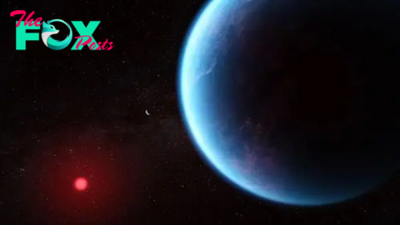
 Science1d ago
Science1d agoNo, the James Webb Space Telescope probably didn't detect signs of alien life — but it soon could
-

 Science1d ago
Science1d ago'You certainly don't see this every day': Ultra-rare backward-spinning tornado formed over Oklahoma
-

 Science1d ago
Science1d agoAsteroid that exploded over Berlin was fastest-spinning space rock ever recorded
-

 Science1d ago
Science1d agoEnormous 'San Andreas fault' on Saturn's moon could help reveal signs of alien life
-

 Science2d ago
Science2d ago'We were amazed': Scientists find hidden structure in nebula captured by James Webb telescope
-

 Science2d ago
Science2d agoSun's chaotic peak triggers record-breaking 'global auroras' on Mars
-
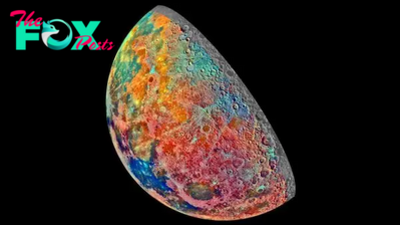
 Science2d ago
Science2d agoWhat would happen if the moon disappeared tomorrow?
